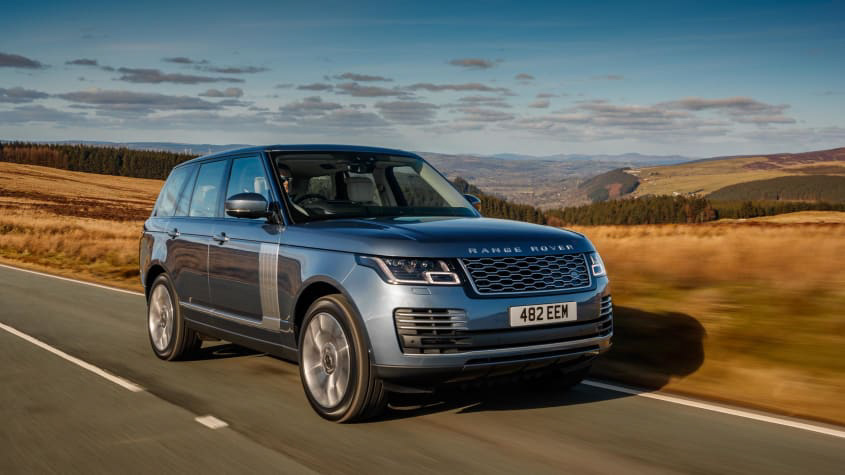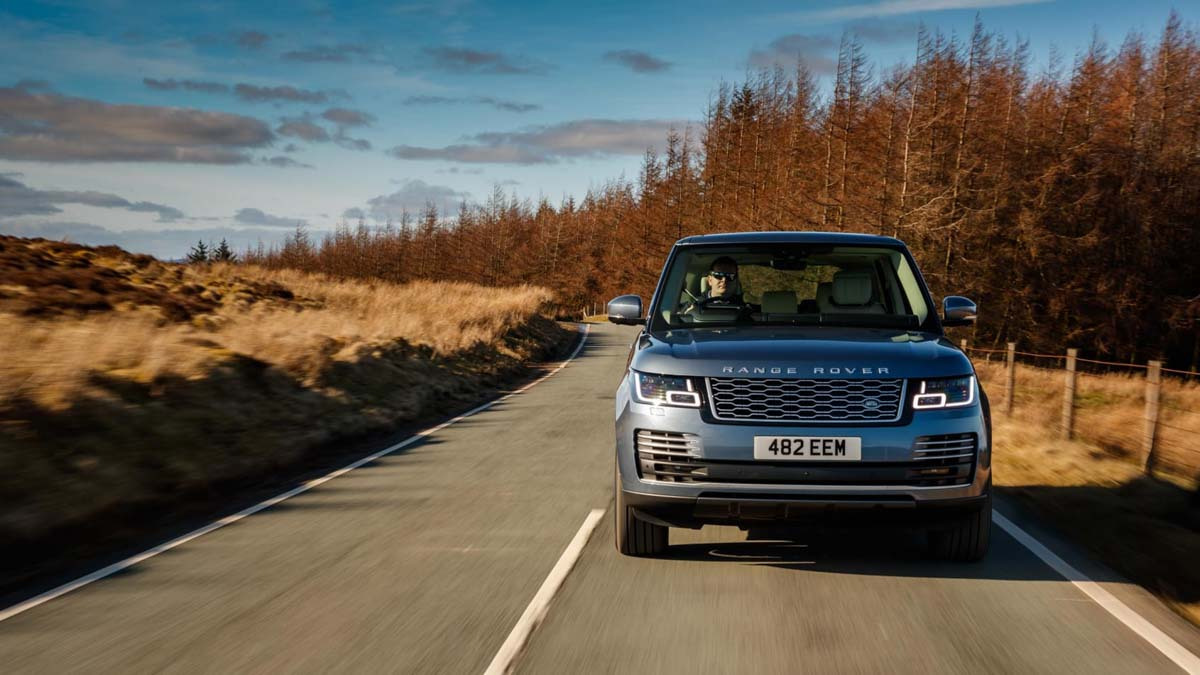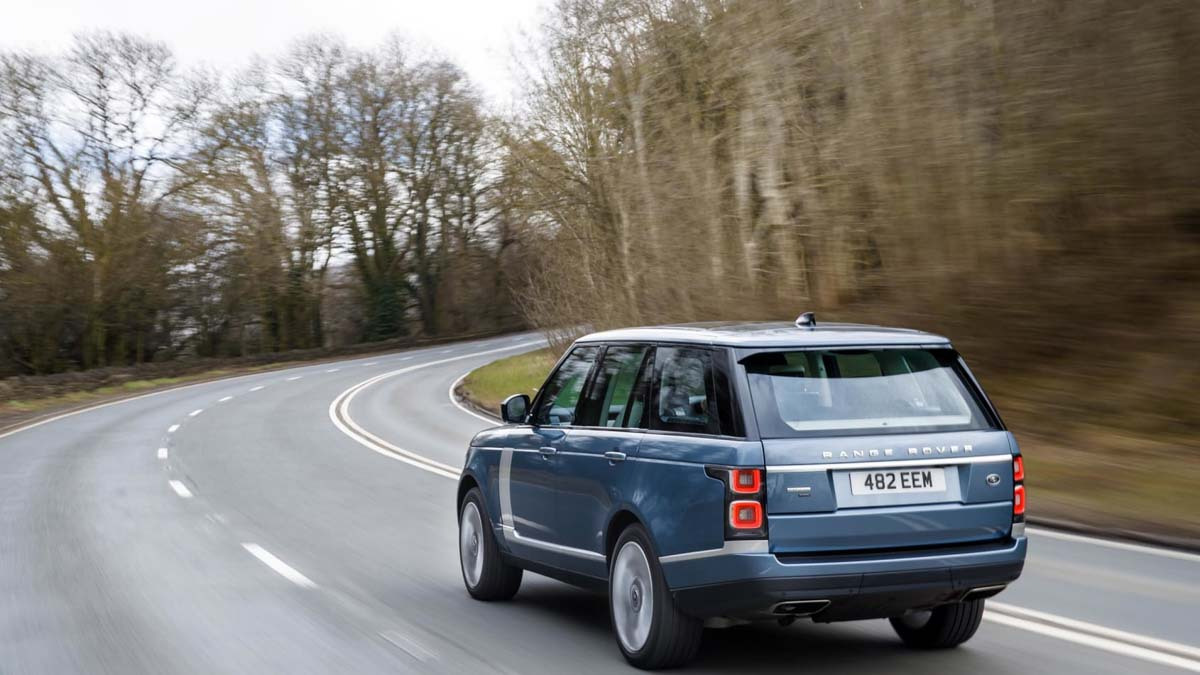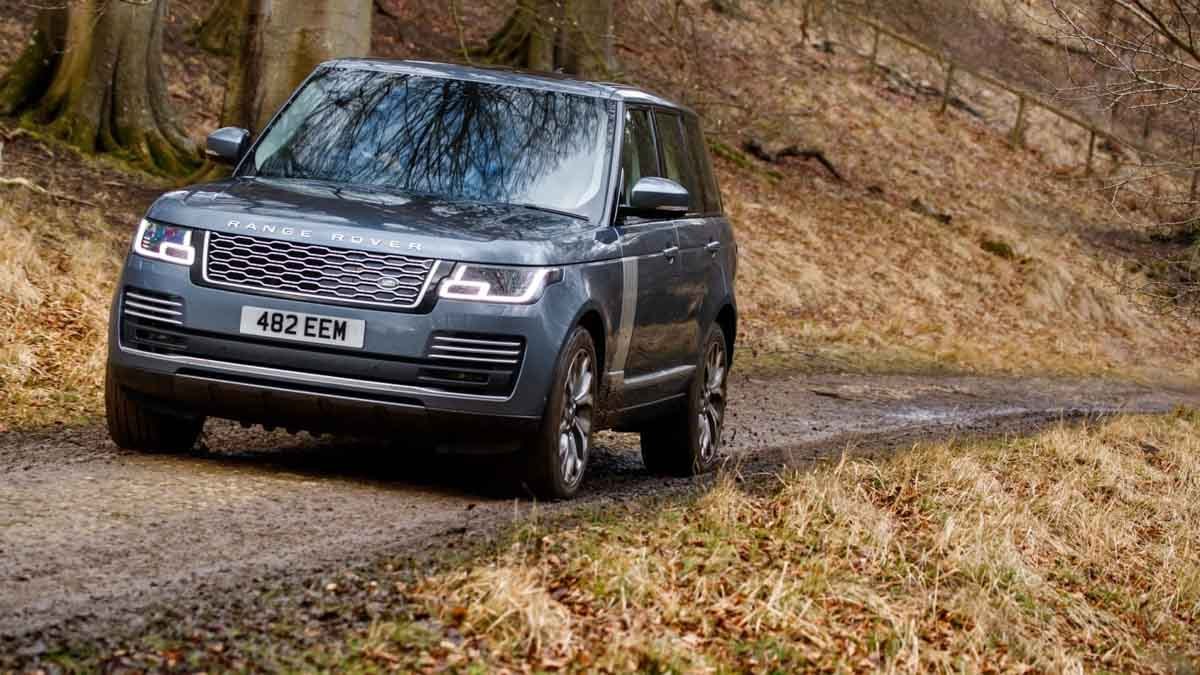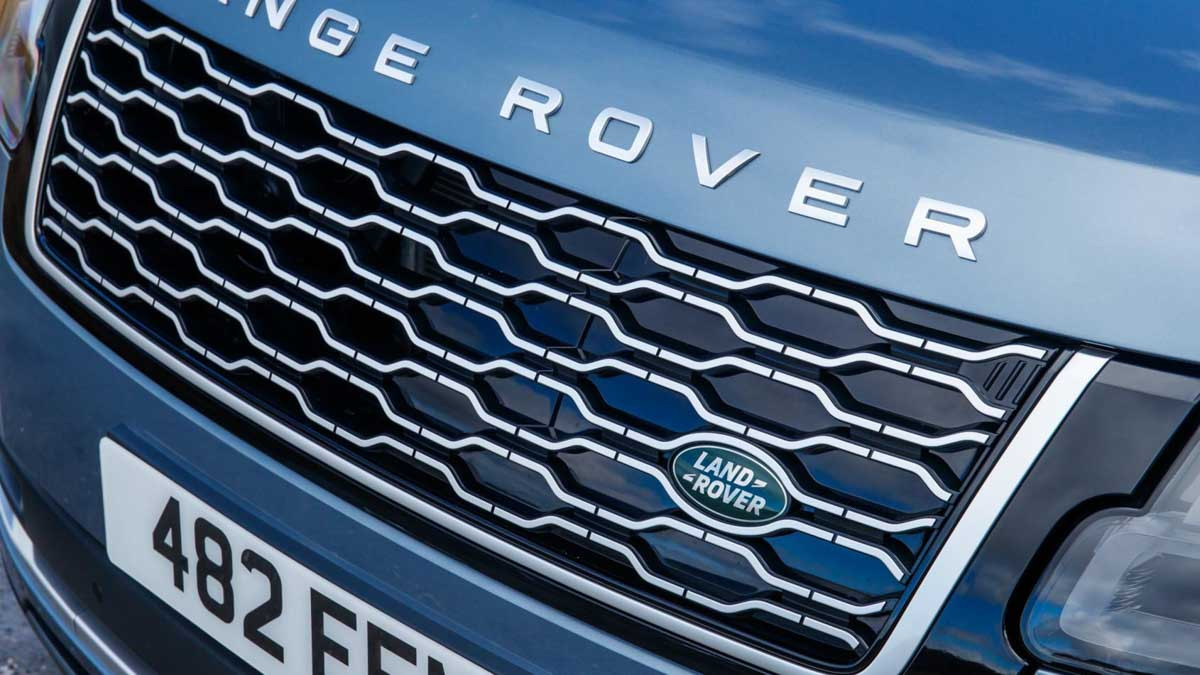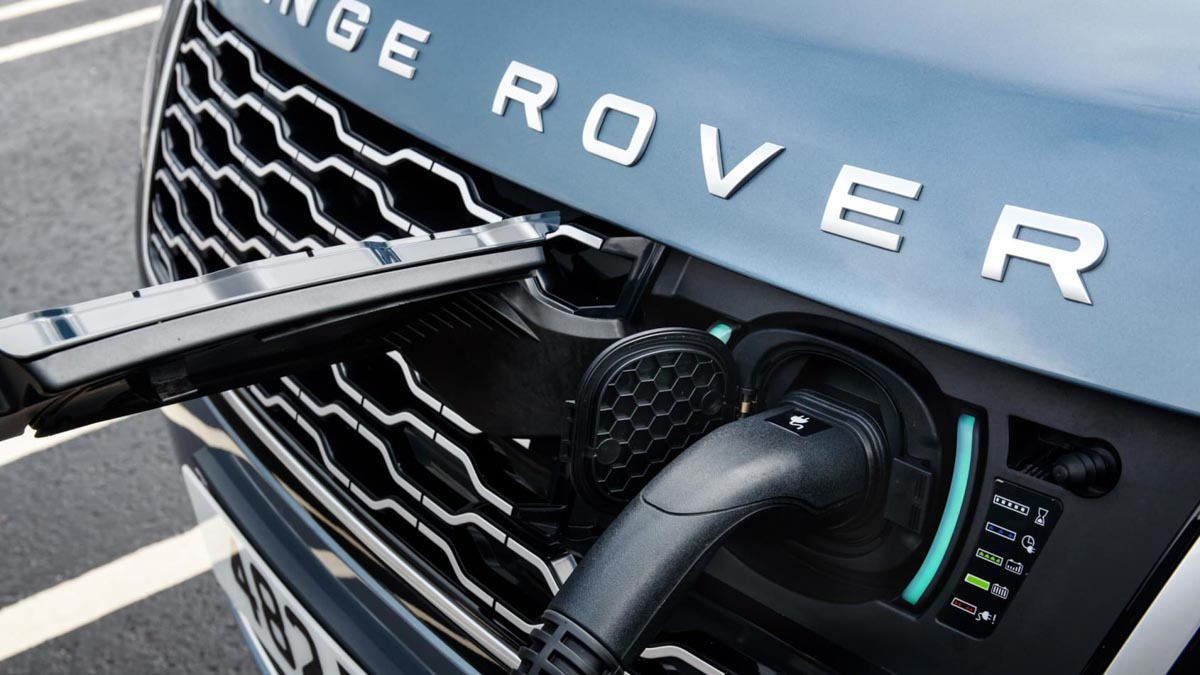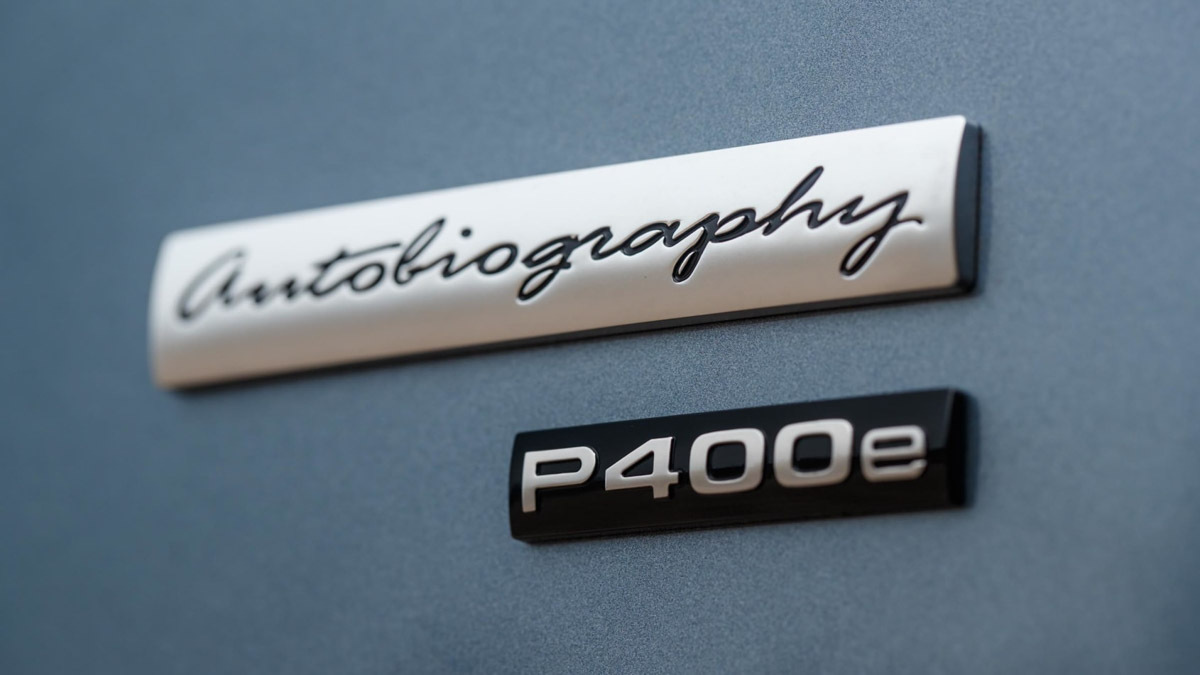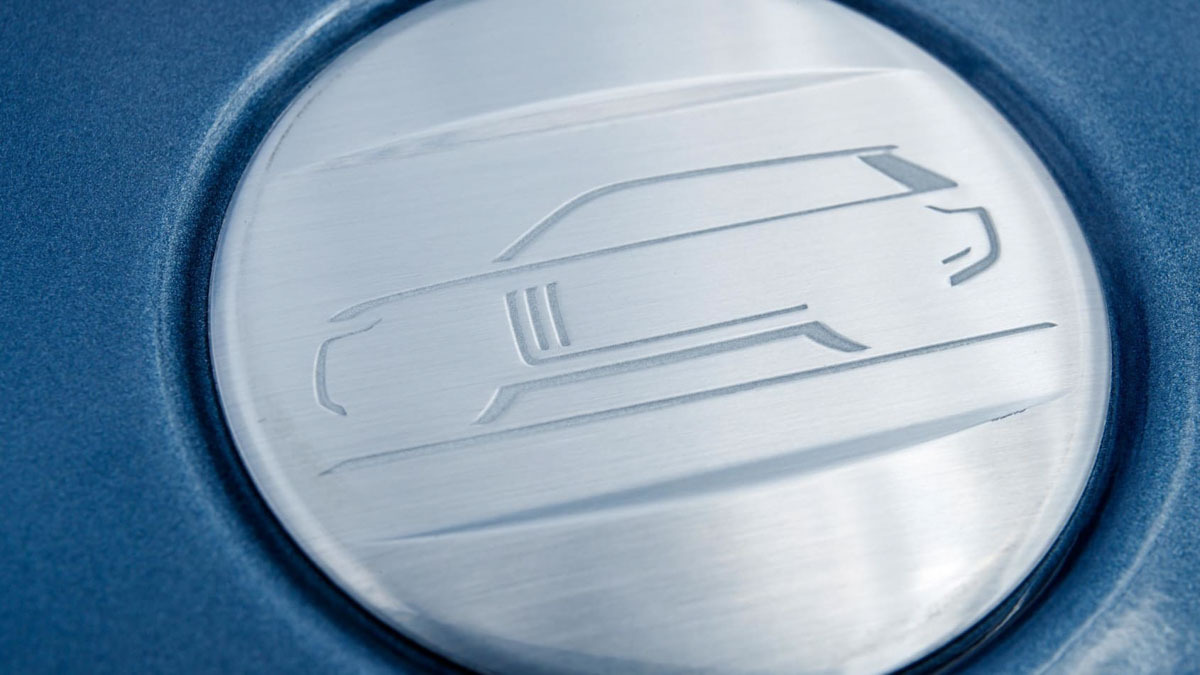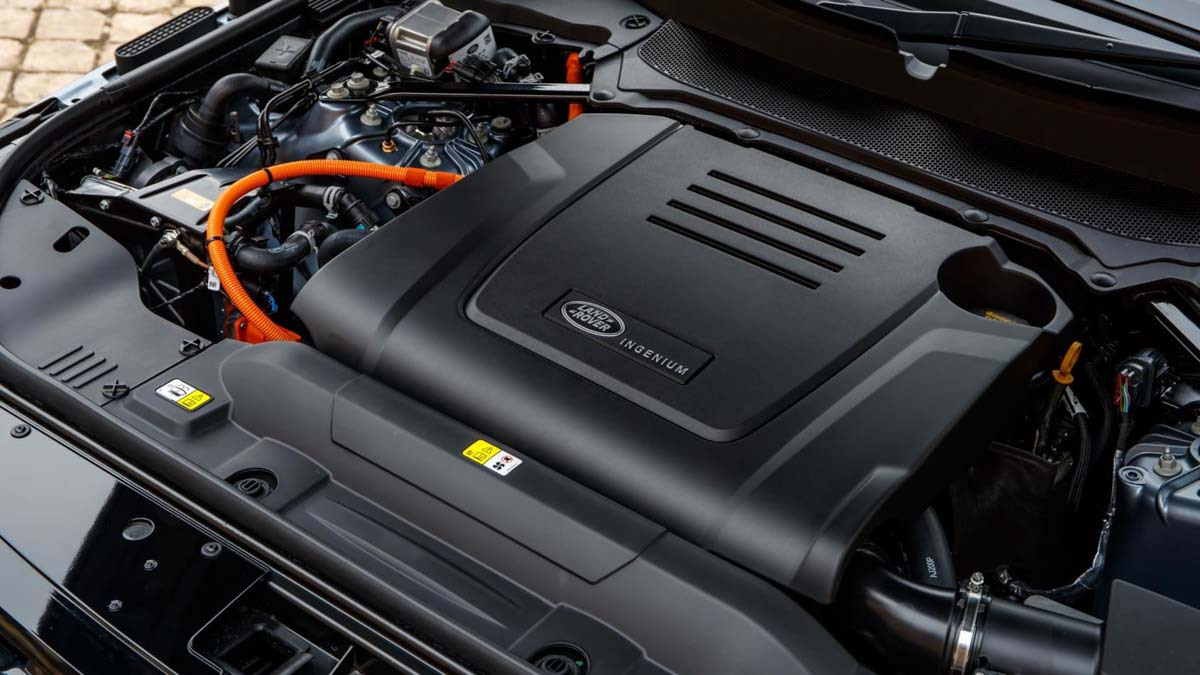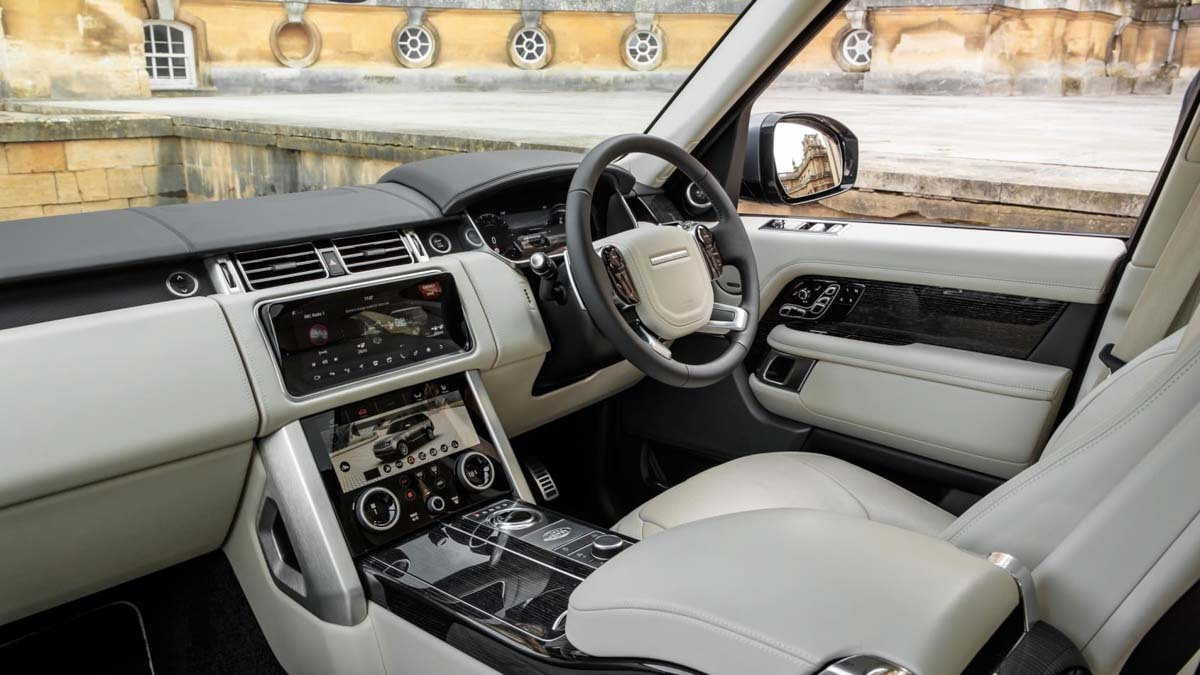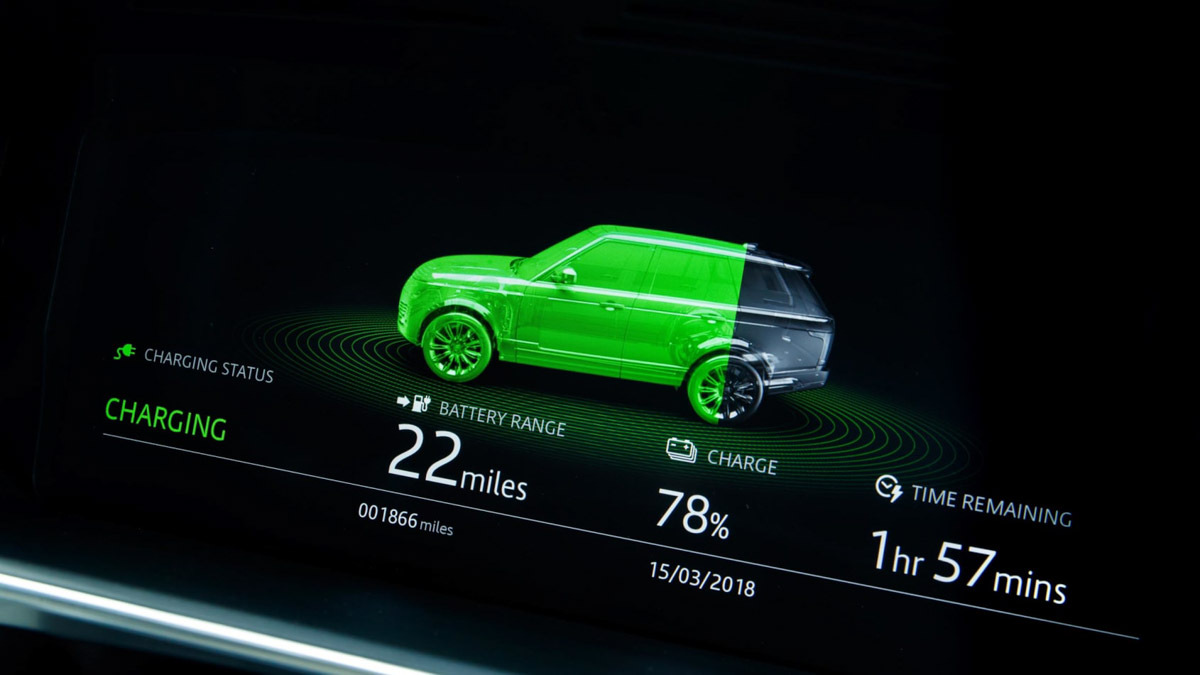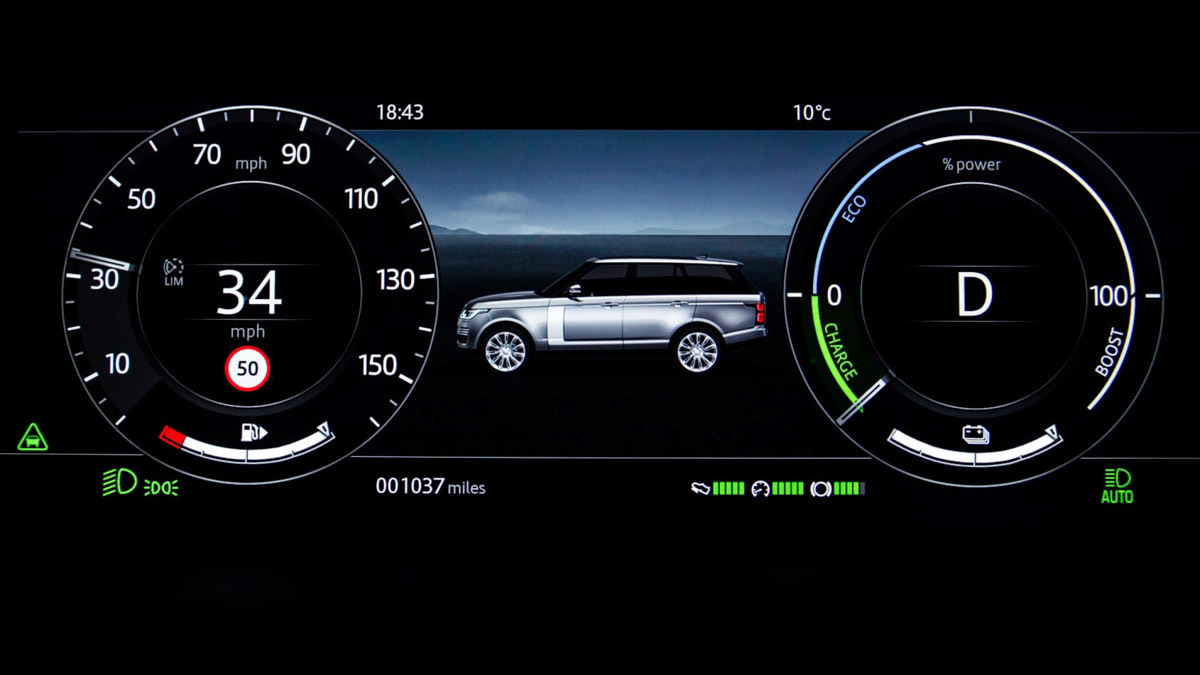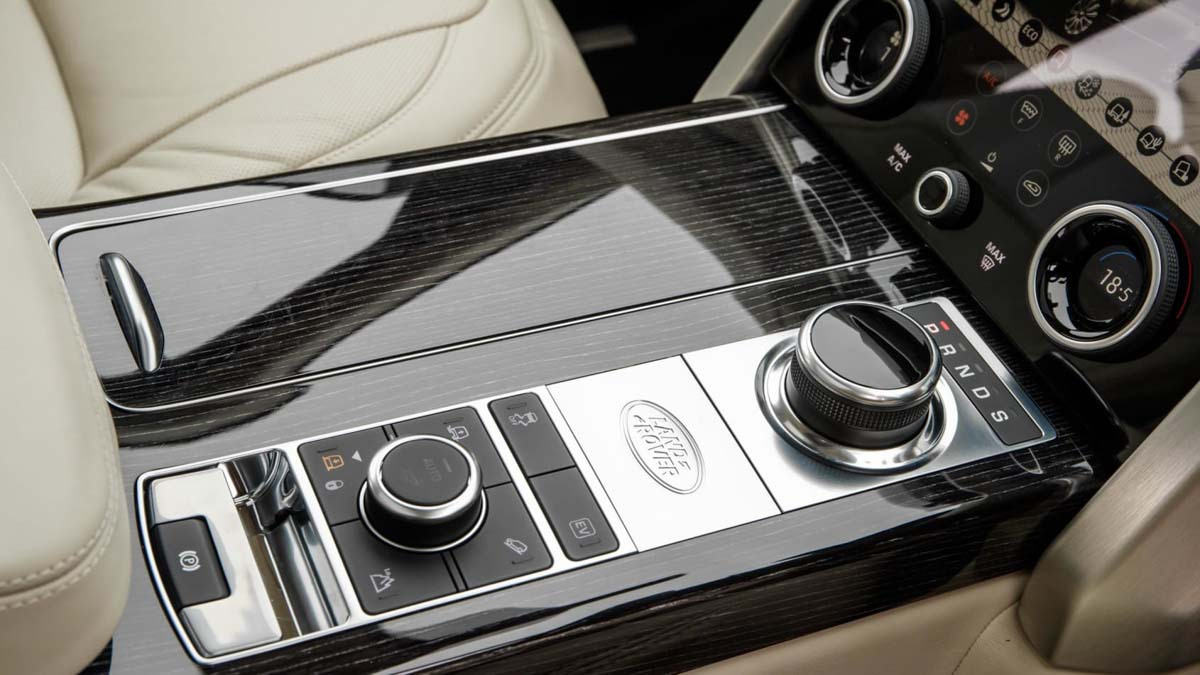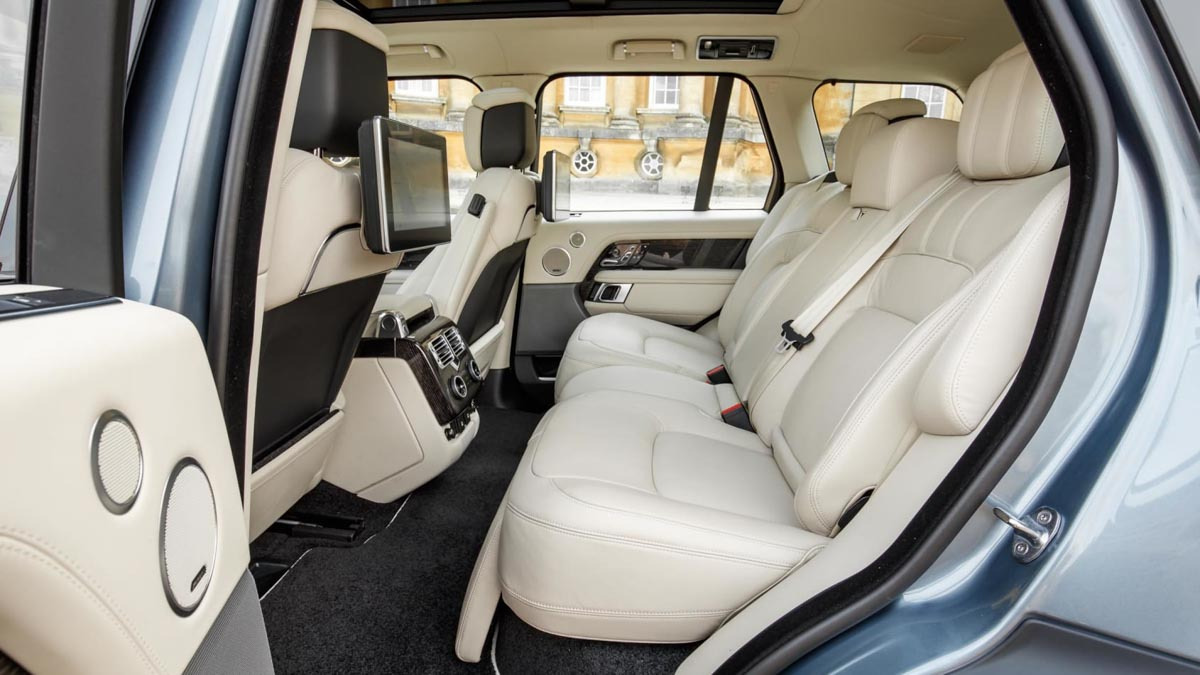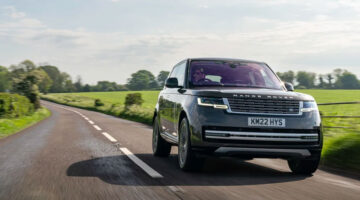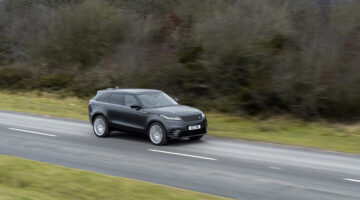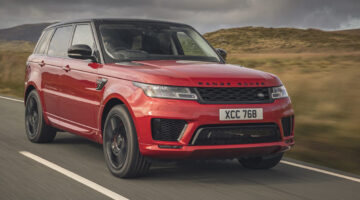The modern Range Rover continues to define the luxury SUV just as its ancestors did, and despite strong rivals is still something special
PRICE from $111,000
Think of a luxury SUV and your first thought is probably Range Rover. No one could’ve predicted just quite the impact the original Range Rover would have over the automotive world when it was unveiled 50 years ago. It single-handedly created the upmarket SUV segment and ever since has seen plenty of pretenders to its throne, but few, if any, have managed to topple it.
That’s because the Range Rover treads a fine line between being a capable off-roader and luxury cruiser. It’s equally at home down a soggy green lane, yet is every bit as prestigious, comfortable and luxurious as a Mercedes S-class on Park Lane. For the 2021 model year, Land Rover has widened its engine range with new in-line six diesel and petrol powertrain options, which is in addition to the plug-in hybrid and traditional supercharged V8s.
That the Range Rover can achieve this is nothing short of remarkable, but it does have its on-road compromises. We’d be lying if we said it’ll pursue well-driven sports cars on the Route Napoleon, but it will at least hang on to their bumpers for longer than it would have in previous generations, which isn’t saying much.
But if you had to choose just one car to do everything forever then the Range Rover would be impossible to argue against. It’s extraordinarily capable, its breadth of ability unsurpassed, even by more expensive and opulent machinery. Inside it’s sumptuously appointed, outside mercifully restrained and, as always, unimpeachably British with a capital B.
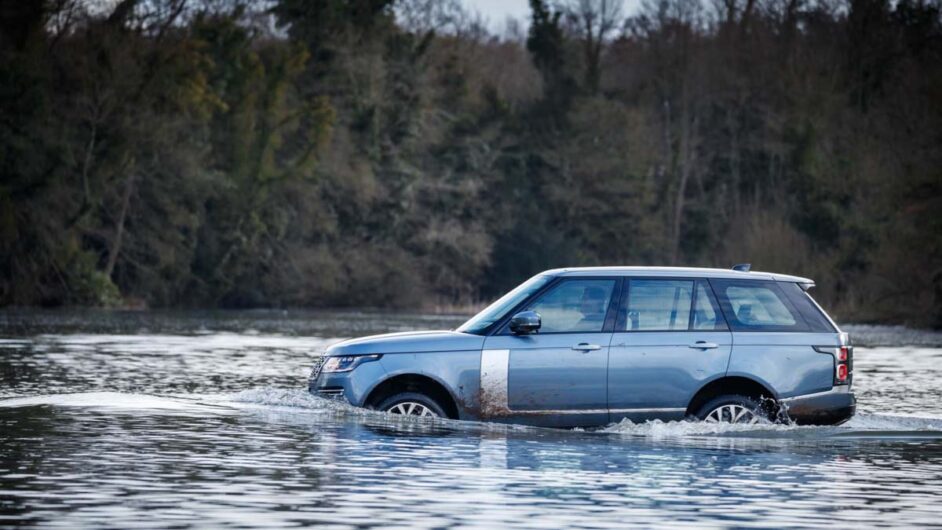
Prices, Specs and Rivals
Prices for the ‘big’ Range Rover (ie. not Sport, Velar or Evoque) start at $111,000 for the most basic D300 Vogue. For the 2021 model year, Land Rover has launched a range of limited-edition models, but all are based on the core Vogue, Vogue SE (+$6000) and Autobiography (+$12,460) forms.
All versions are impressively well equipped though, with everything from Matrix LED headlights, a panoramic roof, heated windscreen, 20-inch wheels, high-spec ‘Windsor’ leather trim on the seats, dash and doors, to ambient lighting, three-zone climate control, a reverse camera and JLR’s Touch Pro Duo infotainment system standard across the range.
Upgrade to the Vogue SE and the 20-inch wheels are replaced with 21s, the chairs are finished with an even higher-grade semi-aniline leather that is also cooled and heated, front and rear. There’s also configurable ambient lighting, soft-close doors, 360-degree parking system and upgraded active safety systems.
For the full monty Autobiography, the sizable price jump takes the features list into Tolstoy territory with highlights including Pixel LED headlights, a sliding panoramic roof, soft-touch headlining, executive class rear seats, a further upgrade to the sound system, rear seat entertainment package, cabin preconditioning – the list goes on.
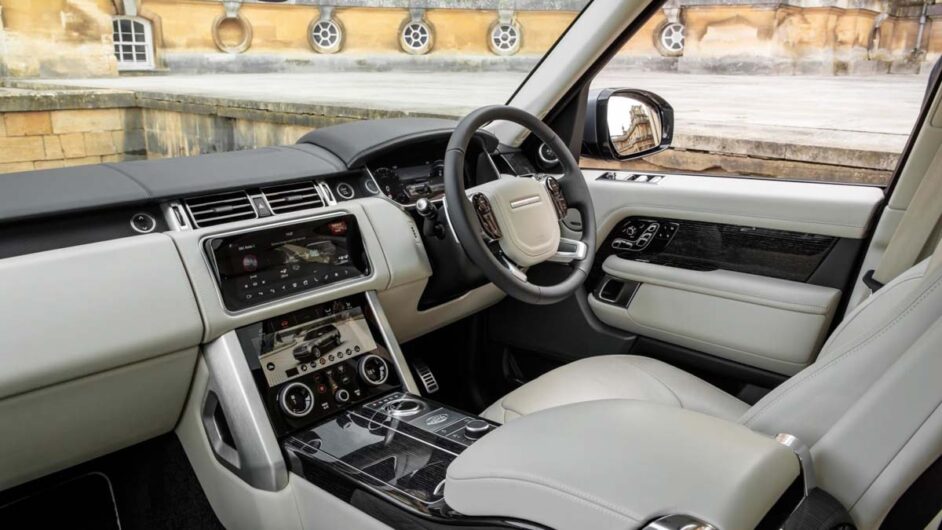
Sitting at the very top of the range is the SVAutobiography Dynamic which, as well as its 555bhp supercharged V8 engine, gains even more standard equipment including ‘hot stone’ massaging front and rear seats with a quilted leather finish, Pixel-laser headlights, privacy glass, 22-inch diamond-cut wheels, a perforated leather headlining, bespoke design elements on the grille, side gills, quad rear pipes and standard high metallic paints. All Range Rovers are also available in an extended palette of ultra metallic finishes too from an extra $6100.
There are also long-wheelbase Range Rovers available at around a $9000 premium, model-for-model from Autobiography trim upwards. Different powertrain options are then available independently of trim in lower four- and six-cylinder models, with the D350 engine option costing from $119,185, P400e plug-in from $118,788, the P400 petrol MHEV from $120,363 in standard Vogue trims, while the V8s are available in Autobiography and SVAutobiography Dynamic trims at $149,525 and $191,720 respectively.
Check all the right boxes for a LWB SVAutobiography supercharged V8 Range Rover with the two-tone paint option and some tailgate-mounted event seating and you’ll be knocking on the door of a $265k Range Rover; which still somehow sounds like reasonable value against rivals from Bentley and Rolls Royce.
Rivals? Well the Rolls Royce Cullinan is the ultimate luxury SUV at the moment, which despite looking more like a London cab than an actual London cab costs from $350,000 before options, which can extend right up to half a million pounds with enough boxes ticked on the invoice. It is a V12 though, and has a tangible uplift in quality, if not image. The Bentley Bentayga is far more of a threat to the Range Rover though, having consistently stolen some of its core customer base since it appeared in 2014. Priced from $176,885 it’s not massively more expensive either, and comes with the option of a more substantial V6 hybrid and W12 engines (the latter coming later in 2020).
Engine, gearbox and technical specs
The 2020 Range Rover is available with four different engine options in six states of tune depending on the trim level. Kicking off the range is the new Ingenium in-line six-cylinder diesel engine that replaces both the previous V6 and V8 diesels in 296bhp and 345bhp power outputs.
Both engines share a modular construction with other Ingenium engines across the JLR group, and are supported by a 48V mild-hybrid system that extends the engine’s stop-start capability and torque-fills at low rpm. While the 296bhp diesel has tangible gains in both power and torque (25bhp and 19lb ft), the 345bhp version loses 28lb ft of torque on the old V8.
A 394bhp Ingenium mild-hybrid turbocharged six-cylinder petrol was added to the range last year, forming the entry-level engine option for the USA and other markets not suited to diesel.
At the cleaner end of the range is the plug-in hybrid that combines a 2-litre turbocharged four-cylinder petrol with an electric motor between it and the transmission for a combined output of 399bhp. Torque is also impressive – quoted at 472lb ft – thanks in part to the twist generated by that electric motor.
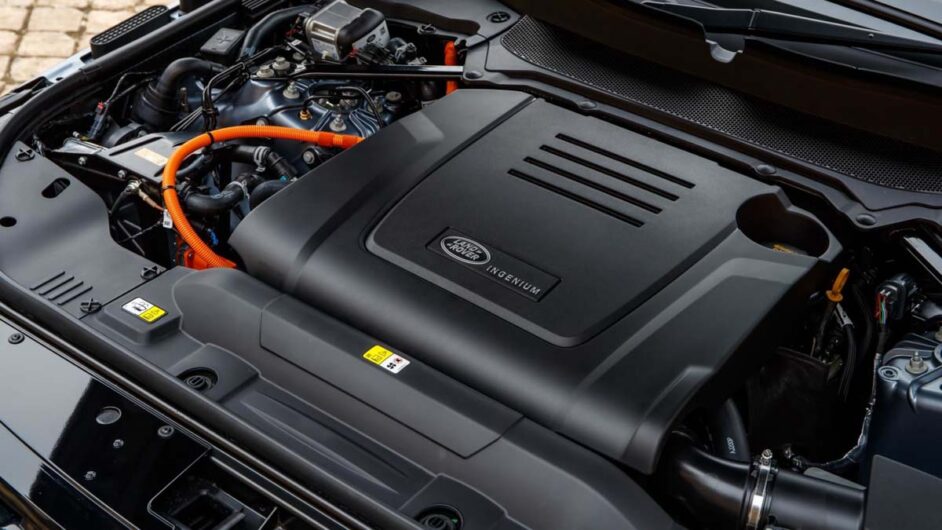
At the other end of the spectrum is the 5-litre supercharged V8 that’s been in use within JLR models since 2009. Despite its considerable age and lack of efficiency, it still proves to be a popular addition to the engine range. It’s available in either 520bhp or 557bhp forms, the latter being reserved for SVO’s SVAutobiography specification.
All engines are connected to an eight-speed ZF automatic transmission, with power being sent to all four wheels via a twin-speed transfer case for high and low range. Air suspension with adjustable ride height, adaptive dampers and Land Rover’s full terrain response system are also standard across all models and engine variants.
On its debut in 2013, the Range Rover was swapped onto a new all-aluminium unibody construction in contrast to the previous part monocoque-part ladder frame chassis design, reducing weight that was promptly replaced with extra hardware, not to mention its bigger footprint on the road
Performance and 0-100 time
It’s genuinely difficult not to chuckle when you push the supercharged V8’s accelerator into the deep carpet and the nose rises like a speedboat on a still lake. At its most potent, the 557bhp SVA will hit 100kph in 5.4sec. How so much power is still unable to crack five seconds for the sprint is perhaps explained by the 2591kg kerb weight.
Lesser P400 and P400e models hit 100kph in 6.3sec and 6.4sec respectively, although both are less relaxed than the two new diesels that surf their torque waves with more ease. The new Ingenium diesels will get the Range Rover to 100kph in 7.4sec and 7.1sec, which you’ll agree is a relaxed figure, but one in keeping with laidback power delivery.
So while a Range Rover is unlikely to challenge even the most garden variety hot hatchback from the lights, that’s not really the point, as a Range Rover is most at home at low rpm as it breathes with the road surface, ‘making progress’ rather than storming up and down a B-road.
Ride and Handling
As alluded to previously, when you need to get somewhere in a hurry, the Range Rover probably isn’t the car to take. At well over two tons, it’s not just the outright weight figure that makes its presence felt, but where in the chassis it sits. While a low centre of gravity is of key importance in performance cars, the Range Rover’s 800mm wading depth was a more pressing deliverable, which keeps much of the chassis hardware high enough to ford, rather than forge.
As a result, drive a Range Rover quickly and it barely controls its mass as the all-season tyres beg for mercy and the weight flows between each corner with not that much in the way of finesse. It is far better than it once was though, helped by the standard fitment of electronically controlled and cross-linked air suspension with automatic self-levelling, while Land Rover’s Adaptive Dynamics helps reduce body roll in the bends by monitoring vehicle movements 500 times a second.

That air suspension provides a beautifully composed and controlled ride – with a few exceptions – as only sharper ridges upset its otherwise fine quality. The electric power-assisted steering has convincing weighting too, and, while there’s nothing in the way of real feel, the Range Rover can be placed with genuine confidence.
All that allows the Range Rover to provide a drive that, despite its famed ‘command’ driving position, is able to rival those of its luxury saloon competition on the road. Inevitably, in extreme driving situations it’ll be out of its depth due to its mass before an S-class or 7-series will be, but in the real world the Range Rover competes on a level playing field – and demolishes such rivals on ploughed fields…
L/100km and Running costs
No matter how you look at it, running a Range Rover is going to be expensive. How expensive depends on engine choice, obviously, but even less frequent fills in the diesel models are going to have you see the numbers roll into three figures at the pumps. The P400e hybrid might lay claim to some impressive on-paper numbers, but like all plug-ins, once you’re out of the electricity stored in the 12.4kWh battery pack, you’ll essentially be driving around in a 2.6-ton SUV with a small petrol engine. Drive with the batteries brimmed on small journeys and you will see tangible savings. However, you’ll struggle to match the claimed 3.4L/100km.
The D300 and D350 are also more efficient than the previous V6 and V8 diesels they replace thanks to the new straight-six engine and mild-hybrid system. Figures for both are 8.7L/100km and 9.2L/100km, which should be more achievable thanks to the more real-world WLTP testing procedure.
The petrol models are somewhat less impressive, with the P400 petrol rated at 10.7L/100km despite its own mild-hybrid system, while the V8s unsurprisingly dip below 14.1L/100km at 14.2L/100km for the P525 and 15.2L/100km for the top-level P565 SVAutobiography Dynamic. It’s also worth noting these figures are ‘best case scenario’ too, as the new WLTP cycle generally gives you a range of kilometre-per-litre figures rather than a single static one.
Other consumables such as tyres and brake pads and discs will also run into big numbers due to the Range Rover’s considerable mass. A set of OEM 21-inch tyres (the most common wheel size across the range) will set you back the best part of $1600-2100.
Interior and Tech
The fundamental interior of the Range Rover hasn’t changed in nearly seven years on sale, so it’s not surprising to note that compared to newer rivals and, indeed models within the JLR range, it’s starting to look a tad dated. But it’s not quite as dire as you might think, as there are one or two elements that keep the current Range Rover’s interior as stately and luxurious as it’s ever been.
One of those elements is the material use; all models except the basic Vogue utilise soft, smelly, waxy semi-aniline leather that gives a definite air of luxury compared to merely premium rivals. The difference is the soft matt-finish leather surface, one that’s similar to that used on expensive Italian sofas and leather goods. It’s offset by a selection of real timber veneers in matt or gloss finishes, as well as controls and touchpoints that do a pretty good job of feeling like metal, even if they’re not.
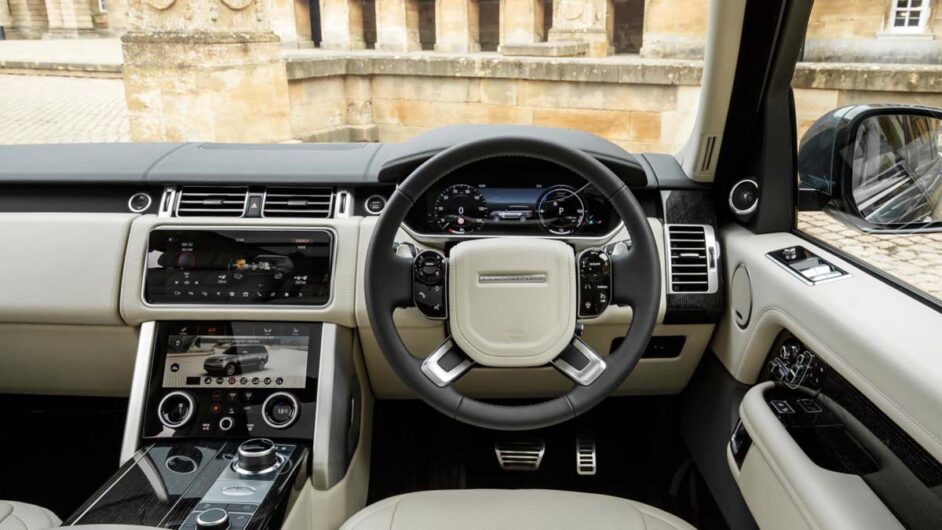
The other element that keeps the interior fresh is the substantial technological upgrade the Range Rover picked up in 2017. Replacing the previous low-res central screen and driver display is Land Rover’s Touch Pro Duo system, which features slicker graphics and clever rotary dials integrated into a secondary lower screen as found on the Velar and new Evoque. The interfaces and graphics aren’t as slick as in the new Defender, but they’re no longer the obvious oversight they once were.
But more than leather, timber or tech, the real draw to a Range Rover’s interior is its aspect to the outside world. The high seating position, low scuttle and general feeling of lording it over the common man has been a backbone of the Range Rover’s popularity for 50 years, and nothing’s changed. Driving a Range Rover really is like nothing else, and so much more imperious than rivals from Bentley, Porsche or Maserati. The fact the Queen still drives one also helps reinforce that feeling.
Design
Like its interior, not much has changed on the Range Rover since its debut in 2013. So while some of the details might come across as fussy or plasticky, the underlying design aesthetic is as timeless as its interior.
The body’s sheer bulk does mean it needs some pretty hefty wheels to carry the visual mass, but keep away from the questionable body-design packages and it’s very hard to mess up the spec of a Range Rover.
What did change over the midlife update were some new lighting units that usefully sharpened its lighting signature, while reformed bumpers remain only subtly changed. Rear exhaust garnishes on non-SV models are also new, but some of a more critical demeanor might call them tasteless additions to answer to customer demands
This article originally appeared at evo.co.uk
Copyright © evo UK, Dennis Publishing

